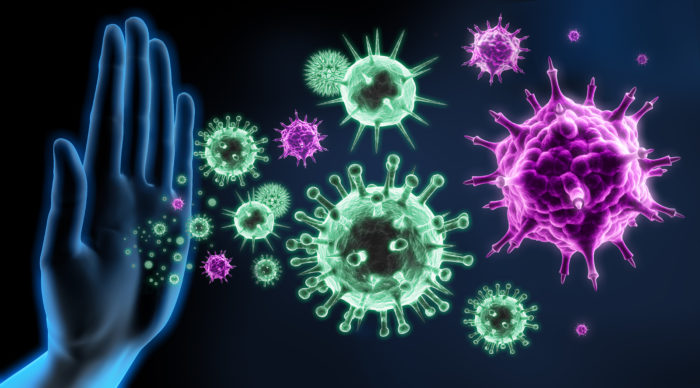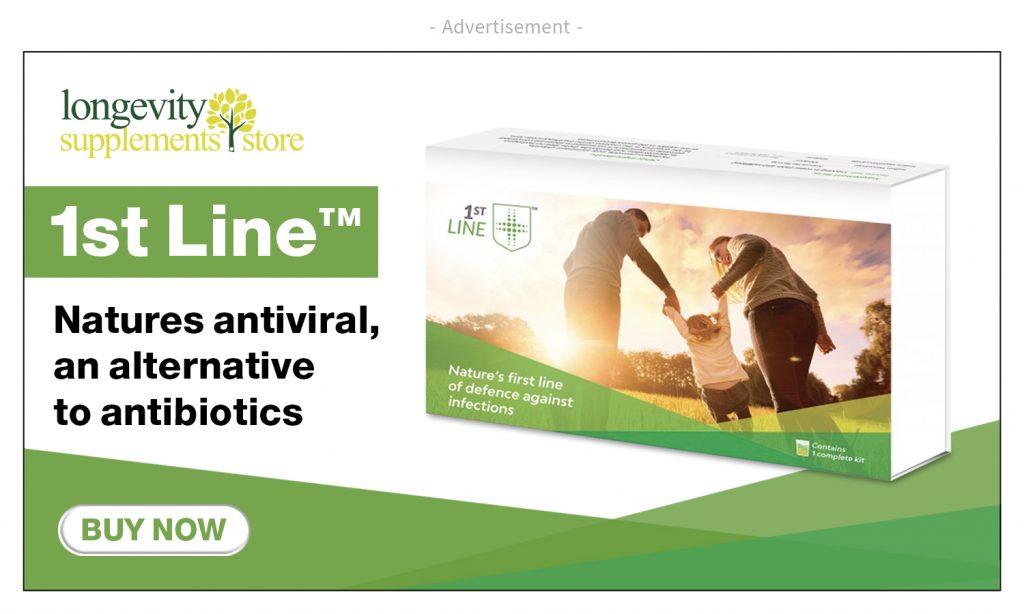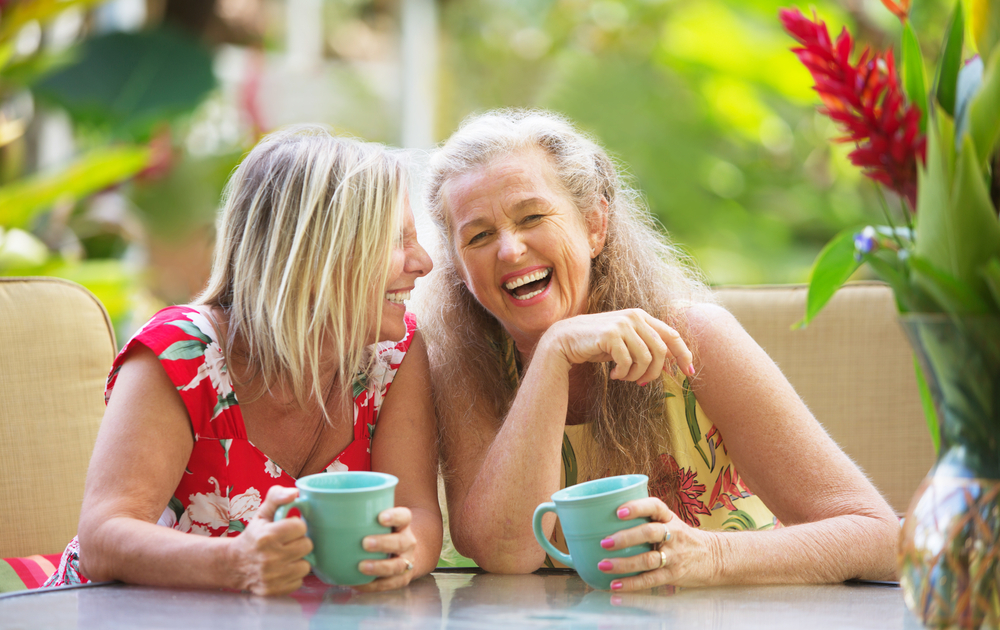
THIOCYANATE ‒ A NATURAL WAY TO FIGHT INFECTION
April 28th, 2020How an exciting breakthrough could offer a solution to the growing global antibiotic crisis
“Gesundheit!” “Bless you!” These quaint responses to the humble sneeze are familiar to us all. But why do we say them and why don’t we offer similar messages of goodwill when someone coughs?
Around the globe sneezes have had special attention for thousands of years. If you were a Roman with a runny nose, well-wishers would ask Jupiter to preserve you. In ancient Greece you’d be wished long life.
“Gesundheit”, means ‘health’, and became popular in the US with the arrival of German-speaking immigrants in the early 20th century. We’ve apparently got Pope Gregory the Great to thank for the phrase “God bless you” — a response he is said to have coined in the sixth century in an attempt to ward off the plague.
Sneeze in some Arabic countries and you may hear, “Alhamdulillah,” which means, ‘praise be to God.’ Hindus say, “Live!” or “Live well!” and in China there’s even a special response for children (“bai sui”) which translates as, ‘may you live 100 years.’
Now that winter’s on its way and, with it, the usual increased levels of colds and flu, we’re probably going to say and hear these phrases more often. In fact, some research suggests that each one of us could get as many as 200 colds in a lifetime. That adds up to about five years of sickness and as much as a whole year spent in bed!
Why are colds and flu seasonal?
So why are we more prone to catching colds and infections in the winter months? Some say it’s because of our tendency to stay cooped up indoors when it’s cold. Instead of protecting ourselves from the elements, they say we are actually creating the perfect warm, poorly ventilated environment for bugs and viruses to prosper.
Others argue that it’s the cold weather itself that causes our colds. (1) As temperatures drop our noses get colder and it is this reduction in nasal temperature that is said to lower our resistance to infection.
So maybe we should all wrap our noses up warm and head on outside if we want to lessen our risk of infection this winter.
All of which takes us neatly back to those global sneeze responses.
Today we use them as throw-away comments — a simple, friendly gesture to acknowledge a harmless sneeze. But their original purpose was to prevent illness at the first sign of infection — a verbal offering of hope at a time when most infections were lethal.
They belong to a different age, but the worrying growth of antibiotic-resistant infections across the globe is giving them a renewed and sobering resonance.
Antibiotic resistance: a growing global crisis
UK Prime Minister David Cameron has warned that the world could soon be “cast back into the dark ages of medicine” unless action is taken to tackle the growing threat of resistance to antibiotics.
“If we fail to act, we are looking at an almost unthinkable scenario where antibiotics no longer work and we are cast back into the dark ages of medicine where treatable infections and injuries will kill once again,” he said in a recent BBC News interview.
His ominous message came at the launch of a major UK independent review to explore the issues surrounding antibacterial resistance. The review will bring health, science, finance, industry and economic experts together to look at the global problem of antibiotic over-use and examine ways to encourage research into new antibiotics.
Nature may have the answer
Some scientists believe that our bodies could provide the solution to this deepening antibiotic crisis. They think that the answer could lie with a naturally occurring molecule called hypothiocyanite – or thiocyanate for short.
Thiocynates are a special group of ions (atoms) that are present in our tears, saliva, breast milk and in our airway and gut surface fluids. Long regarded as some one of the most important molecules in our immune system, they literally form the first line of defense against attack.
Acting like a microscopic army, they stand guard, ready to boost our own natural defenses if our bodies come under attack from harmful invaders. They are amazing because they can destroy a huge range of harmful pathogens – the collective term for bacteria, viruses and any other microorganisms that can cause disease.
Thiocynates: nature’s ‘near perfect antibiotic system’
Some have even gone so far as to call thiocynates a ‘near perfect antibiotic system’ because they don’t harm tissue or friendly bacteria and, unlike conventional antibiotic drugs, it is very difficult for harmful microorganisms to build up a resistance to them.
There is, however, an unfortunate chink in their armor. Thiocyanates are short-lived and they can be overwhelmed if our bodies suddenly come under attack from large groups of pathogens. For example, if we unwittingly ate a piece of chicken swarming with salmonella bugs the thiocynates in our saliva would be unable to cope with this unexpected onslaught and our natural defenses would be breached. Unchallenged, the pathogens are then free to invade our bodies and cause infection.
For many years there was no way to tap into the potential power of these trusty little ions because their short lifespan made it impossible to collect them, package them and store them for later use. But all of this has changed thanks to an amazing breakthrough by British chemist, Richard Stead.
Harnessing the power to heal ourselves
Mr Stead has discovered a way to keep a thiocyanate solution stable at room temperature for up to two years. What’s more, he has devised an ingenious method to activate the thiocyanate ions whenever they are needed. So, at last, we can call up reserves whenever we feel under attack.
These two major advances have enabled him to patent a special 1st Line kit which can be easily used at home. Users simply have to mix four ingredients into water, and then drink the liquid after 20 minutes. The activated thiocyanate ions are then quickly absorbed into the bloodstream.
Developed as a safe, healthy and natural alternative to antibiotic treatment, the kit is said to be able to treat a wide range of infections.
The liquid can be taken occasionally to quickly top up natural supplies of thiocyanate at the first sign of illness. Alternatively, it can be used as a regular supplement to the body’s natural immunity to help to keep infections at bay.
An additional way to combat premature aging
Richard Stead’s exciting innovation could be a handy addition to our antiaging arsenal. If his kit can effectively fight off infections and keep others at bay then we could, in theory, remain fitter and healthier for longer.
By boosting our natural supply of thiocyanates we could potentially spend more time doing the things we love with the people who matter to us most, rather than languishing in bed with a stinking cold, dreadful flu bug or a whole host of other harmful infections.
Medical feedback on the kit certainly looks promising.
“There have been several hundred doctors who have taken kits to treat patients and typical conditions have been upper respiratory tract, leg ulcers and stomach conditions. And in every case they have been delighted to report back positive results,” Mr Stead said recently.
“All we have done is copy what nature does. I’ve always believed that nature has the answer to everything and I’m also a strong believer that chemistry is the key — and we’ve managed to bring these together in 1st Line.”
The kit has also won praise from Dr Paul Clayton, PH.D, former chairman of the Forum on Food and Health at the Royal Society of Medicine.
In a recent article, Dr Clayton said: “In the war against infectious micro-organisms, where we are currently losing ground, 1st Line is a break-through. For the first time, it enables the clinician or indeed any user to utilize one of the most powerful elements in our array of immune defenses.”
So could nature eventually provide the solution to the growing antibiotic crisis? Only time will tell but Mr Stead’s discovery may prove to be the development we’ve all been waiting for.
Try 1st Line for yourself
You too could benefit from this astonishing thiocyanate innovation.
Antiaging Nutrition’s 1st Line Thiocyanate Immune Support could rebuild depleted immune systems or boost healthy ones due to its ability to activate thiocyanate ions and its other key ingredient, hypothiocyannous on demand.
The easy-to-use kit may be able to:
- Harness the body’s natural protection from attack
- Fight influenza, colds, and infections like regular first-line antibiotics
- Offer a strong defense against viruses, yeasts and fungi
- Easily activate immunity-boosting ions found naturally in the body: just by adding water
- Attack harmful bacteria without causing damage to our bodies’ healthy bacteria
- Work as a regular monthly supplement or on an ad hoc basis when symptoms of cold or flu first become apparent
A potential alternative to antibiotics
Antiaging Nutrition’s 1st Line kit could work better than conventional antibiotics because:
In addition, the solution is said to be easy to mix, virtually tasteless and has no harmful side effects.

References
1. Eccles R. An explanation for the seasonality of acute upper respiratory tract viral infections. Acta Otolaryngologica (Stockholm) 2002; 122:183-191.






